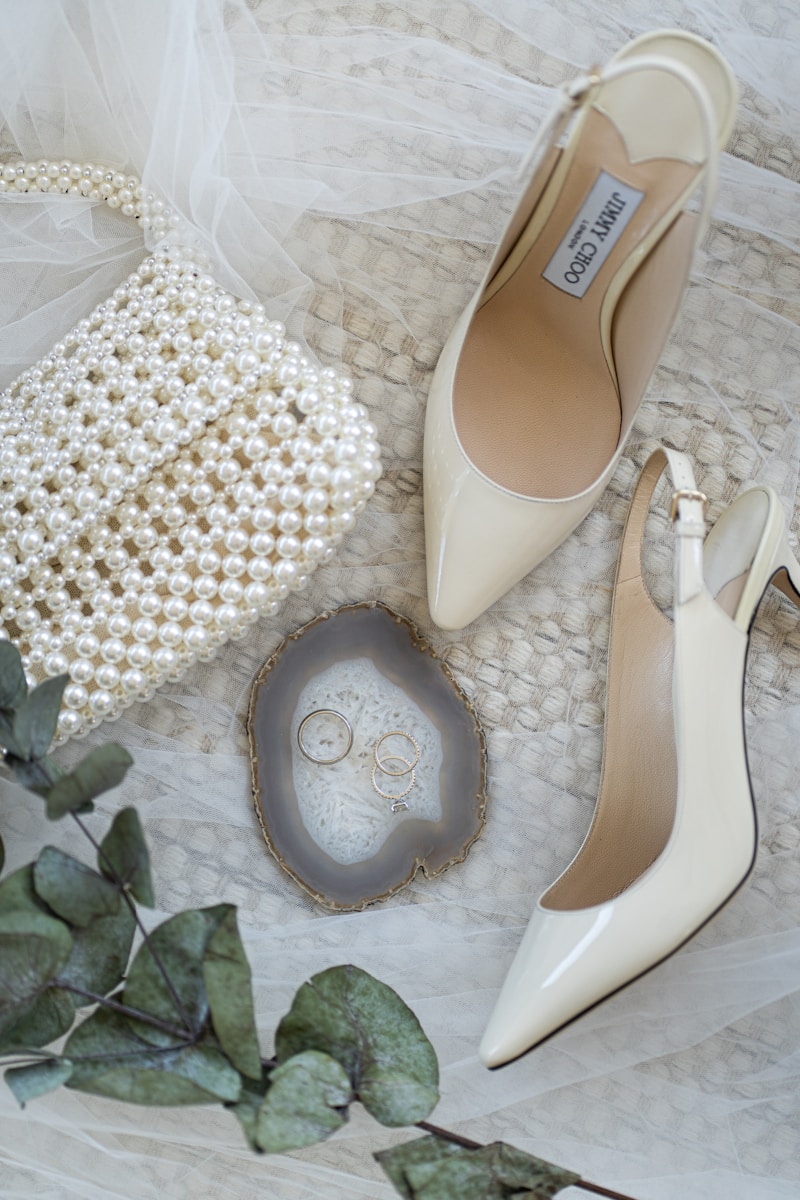Innovative Ways to Incorporate Repurposed Materials in Wedding Design
In the realm of wedding planning, couples are increasingly seeking unique ways to express their love and commitment while being mindful of their environmental impact. One of the most effective strategies to achieve both beauty and sustainability is through the use of repurposed materials. This article delves into various creative ideas on how repurposed materials can be utilized in wedding design, showcasing not just their aesthetic appeal but also their contribution to a greener planet.
Understanding Repurposed Materials
Repurposed materials are items that have been used for one purpose and creatively transformed for another use, often with minimal alteration. This can include a wide range of materials, from reclaimed wood and vintage fabrics to old glassware and furniture. By choosing repurposed materials for weddings, couples can add a personal touch to their celebrations, telling a story through each piece.
The Benefits of Using Repurposed Materials
There are several benefits to incorporating repurposed materials in wedding design:
- Eco-Friendly: Reducing waste and conserving natural resources.
- Cost-Effective: Often less expensive than purchasing new items.
- Unique Aesthetic: Each piece carries a history, adding character to the event.
- Creativity Booster: Encourages out-of-the-box thinking and personal expression.
Repurposed Material Ideas for Weddings
Below are various ideas on how to utilize repurposed materials effectively in different aspects of wedding design:
| Area of Design | Repurposed Material Ideas |
| Ceremony Decor | Use antique doors or windows as backdrops; old crates can serve as risers for floral arrangements. |
| Table Settings | Mix and match vintage china and glassware; use burlap, lace, or other fabrics from old garments for table runners. |
| Invitations | Create invitations from recycled paper or consider digital designs to further reduce waste. |
| Floral Arrangements | Utilize salvaged vases, jars, or tin cans for unique floral displays. |
Ceremony Decor
The wedding ceremony is one of the most significant moments of the day, and using repurposed materials can enhance its beauty. For example, antique doors can be transformed into stunning backdrops when adorned with flowers and greenery. The vintage aesthetic adds a romantic touch, perfect for outdoor or barn weddings. Similarly, old windows can be used to create a rustic focal point, displaying meaningful quotes or images that resonate with the couple's journey.
Table Settings
When it comes to table settings, repurposed materials can add flair and character without compromising elegance. Couples can explore thrift shops for unique china patterns or mismatched glassware, creating a charming eclectic atmosphere. Moreover, upcycled materials such as burlap and lace from old garments can be fashioned into beautiful table runners or napkin holders. The goal is to create an inviting environment that reflects the couple's personality.
Invitations
In today's digital age, wedding invitations do not have to be traditional paper products. Couples can consider utilizing recycled paper or going entirely digital. Digital invitations not only save paper but also provide an opportunity for creativity. Websites and apps allow couples to design custom electronic invites, reducing waste while still delivering important information to guests elegantly.
Floral Arrangements
Floral arrangements can greatly benefit from the use of repurposed materials. Salvaged vases, jars, or tin cans can serve as charming containers for bouquets and centerpieces. These pieces can be painted or left in their rustic state for a more organic feel. Additionally, using local or seasonal flowers can reduce the carbon footprint associated with transporting exotic blooms.

Challenges in Using Repurposed Materials
While the benefits of using repurposed materials are numerous, it is essential also to consider potential challenges. Sourcing these materials can take time and effort, as they may not always be readily available. Additionally, some couples may find it difficult to visualize how various repurposed items can work together cohesively. Working with a wedding planner who specializes in eco-friendly designs can help alleviate these challenges and guide couples in executing their vision flawlessly.
Conclusion: Embracing a Sustainable Future
Incorporating repurposed materials into wedding design is not just a trend; it’s a commitment to sustainability and creativity. Couples looking to infuse their special day with personal touches while being eco-conscious are encouraged to explore the realm of repurposed materials. From ceremony decor to table settings, the possibilities are endless. Remember, the key to success lies in creativity, planning, and the willingness to think outside the box.
As you embark on your wedding planning journey, consider the impact that your choices will have not only on your celebration but also on the planet. By employing repurposed materials, you are making a statement about love—not just for each other but also for the Earth.
Final Thoughts: If you're ready to embrace repurposed materials in your wedding design, start early by visiting local markets, thrift stores, and online marketplaces. Be bold, be creative, and most importantly, enjoy the process of designing your dream wedding.